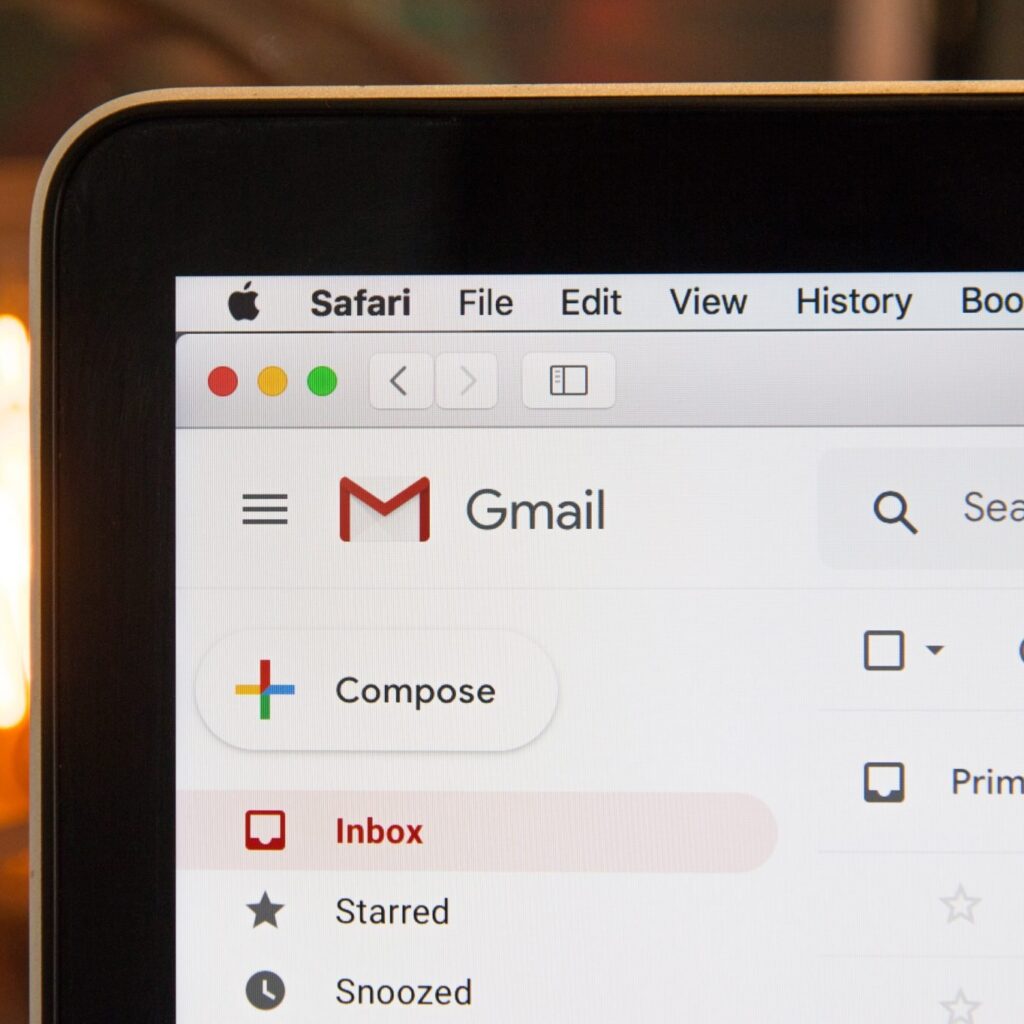5 Ways to Ace Your Digital Marketing Campaign in 2023 Ezekiel Muoneke Content Writer Blog June 14, 2023 10:17 am Digital marketing is constantly evolving and changing, and even though it’s already mid-2023, this is no exception. If you want to stay ahead of the curve and grow your business online, you need to keep up with the latest trends and best practises. With that in mind, here are five digital marketing trends you need to embrace that have gained meteoric traction over the past few months and how to leverage them for your success. 1. Embrace the Metaverse The metaverse is a buzzword that refers to a variety of immersive virtual experiences that take place online, usually with other people. Think of it as an extension of the internet, where you can interact with digital worlds and avatars in real time. Some examples of metaverse platforms are Roblox, Fortnite, Decentraland, and Facebook Horizon. The metaverse is not just a playground for gamers and tech enthusiasts. It’s also a huge opportunity for marketers to reach new audiences, create engaging content, and build brand awareness. Many big brands like Starbucks, Nike, and Adidas have already announced their plans to launch metaverse experiences in 2023. What can you do now? Start exploring the metaverse yourself and see what it has to offer. Look for ways to create value for your customers and prospects in these virtual spaces, whether it’s by hosting events, offering rewards, or showcasing your products. Keep an eye on what your competitors and industry leaders are doing in the metaverse and learn from their successes and failures. 2. Leverage Artificial Intelligence Artificial intelligence (AI) is not a new trend in digital marketing, but it’s becoming more powerful and pervasive every year. AI is behind most of the algorithms that determine what you see on social media, search engines, and online ads. AI is also making marketing smarter by helping you analyse data, personalise content, optimise campaigns, and generate insights. What can you do now? Examine how AI is affecting the core aspects of your digital marketing channels and optimise your strategy accordingly. For example, you can use tools like Google Analytics, Google Ads, or Facebook Ads Manager to access AI-powered features that can help you improve your performance. You can also use AI tools like Grammarly, Lumen5, or Phrasee to create better content for your audience. 3. Focus on Customer Experience Customer experience (CX) is the sum of all the interactions that a customer has with your brand across different touchpoints and channels. CX is not only about providing good service or support but also about creating positive emotions, building trust, and exceeding expectations. CX is becoming more important than ever in digital marketing as customers have more choices and higher standards than before. Most algorithms and AI in digital marketing are designed to optimise for CX, as this is what drives customer loyalty and retention. What can you do now? Audit your current CX and identify any gaps or pain points that need improvement. For example, you can use tools like Hotjar, UserTesting, or SurveyMonkey to collect feedback from your customers and understand their needs and preferences. You can also use tools like Google Optimise, Unbounce, or Optimizely to test different variations of your website or landing pages and see what works best for your audience. ENJOYING THE ARTICLE? Sign up For Our Newsletter 4. Experiment with New Formats Digital marketing is not only about text or images anymore. There are many new formats that you can use to capture attention, engage your audience, and deliver your message in creative ways. Some of these formats include: • Livestream content: Live video is one of the most engaging forms of content online, as it allows you to interact with your audience in real time, showcase your authenticity, and create a sense of urgency. You can use platforms like YouTube, Facebook, Instagram, or Twitch to livestream your events, product launches, Q&A sessions, or behind-the-scenes moments. • Short-form video: Short-form video is a type of video content that lasts between 15 seconds and 3 minutes and is usually optimised for mobile viewing. Short-form video is great for capturing attention, conveying information quickly, and encouraging action. You can use platforms like TikTok, Instagram Reels, YouTube Shorts, or Snapchat to create short-form videos that showcase your brand personality, products, or tips. • Augmented reality: Augmented reality (AR) is a technology that overlays digital elements onto the real world, creating an interactive and immersive experience. AR can help you enhance your products, services, or content by adding value, fun, or information. You can use platforms like Snapchat, Instagram, or Facebook to create AR filters, lenses, or effects that showcase your brand or products. What can you do now? Experiment with different formats and see what resonates with your audience. Don’t be afraid to try new things and learn from your mistakes. Use analytics tools to measure the performance of your content and optimise it accordingly. Keep an eye on the latest trends and innovations in digital marketing and be ready to adapt. 5. Advertise with a Purpose Customers today are not only looking for products or services that meet their needs but also for brands that share their values and have a positive impact on society. They want brands to help them make sustainable choices more manageable and to align their promises with their actions. In response, we’re seeing more brands shift from purely focusing on their own profits to embracing a greater purpose. They are taking a more active role in highlighting important causes and inspiring action. For instance, Nigerian brand Rensource Energy is on a mission to provide clean and affordable energy to millions of people in Africa by using solar power and smart technology. They recently used an innovative ad campaign to showcase their impact and vision in rural Africa, featuring emotional testimonials from beneficiaries of this effort. To this end, what then can you do? Define your brand’s
5 Ways to Ace Your Digital Marketing Campaign in 2023 Read More »





















